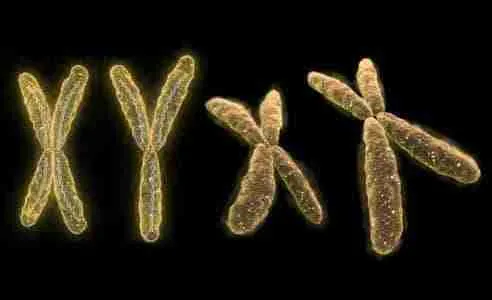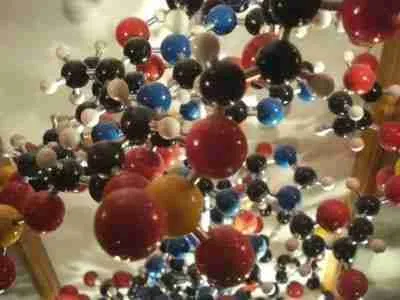Differences Between Gram-Positive and Gram-Negative Bacteria
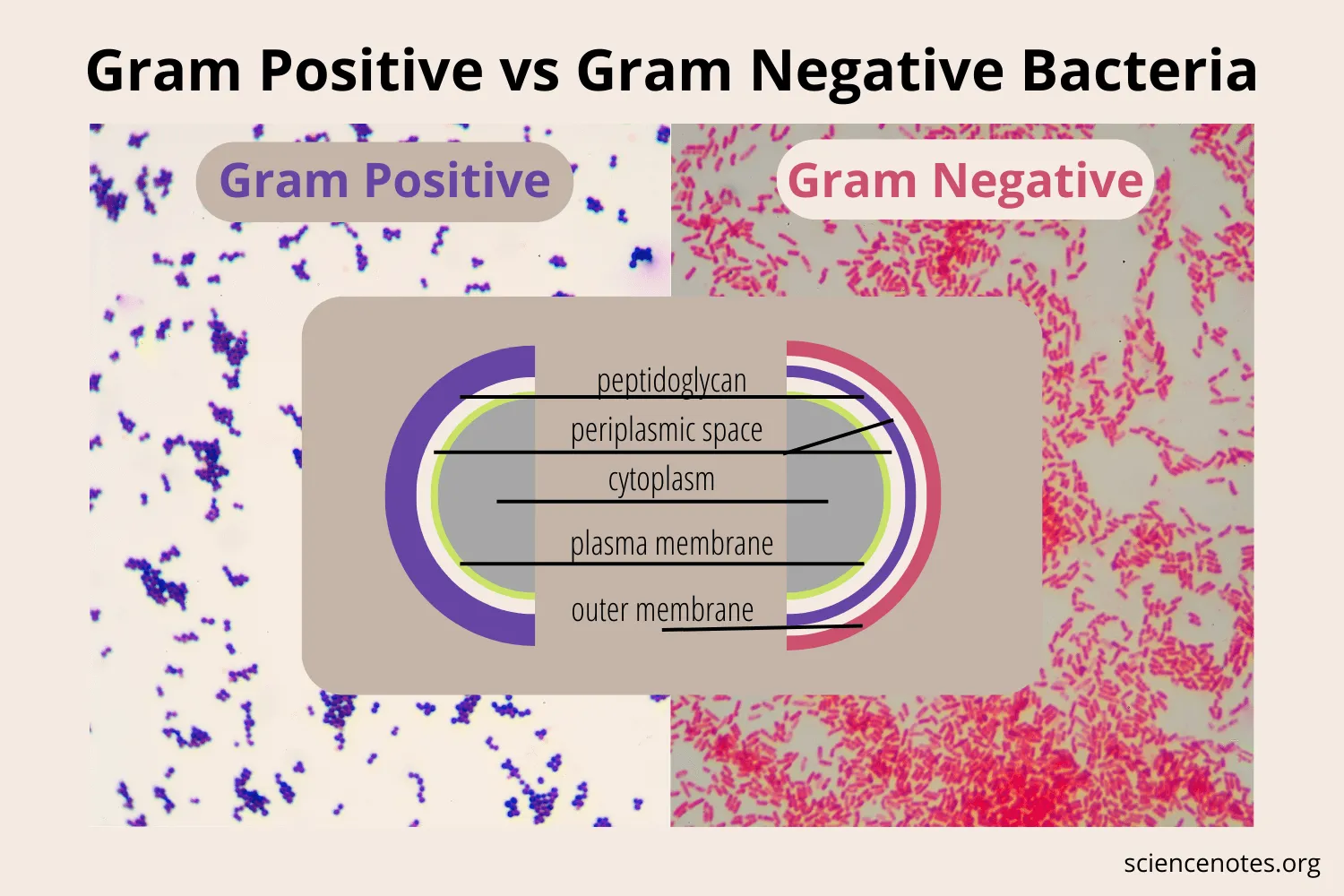
Bacteria are a large group of microscopic, unicellular organisms that have been classified as prokaryotic cells because they lack a true nucleus. The physical structure of these microscopic organisms is simple, with a cell wall, capsule, DNA, pili, flagellum, cytoplasm, and ribosomes. We shall now aim at elucidating the differences between gram-positive and gram-negative bacteria.
Bacteria can be gram-positive or gram-negative depending on how they are stained. Let’s take a closer look at the distinctions between the two types of bacteria.
Gram Staining

Christian Gram proposed this technique to distinguish between two types of bacteria based on differences in their cell wall structures. Gram-positive bacteria retain the crystal violet dye due to a thick layer of peptidoglycan in their cell wall.
This method distinguishes bacteria by identifying peptidoglycan in the cell walls of gram-positive bacteria. When gram-negative bacteria are exposed to alcohol, a very thin layer of peptidoglycan dissolves.
Gram-positive bacteria
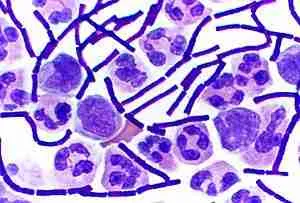
Gram-positive bacteria are bacteria that test positive for Gram stain in bacteriology.
Gram-negative bacteria
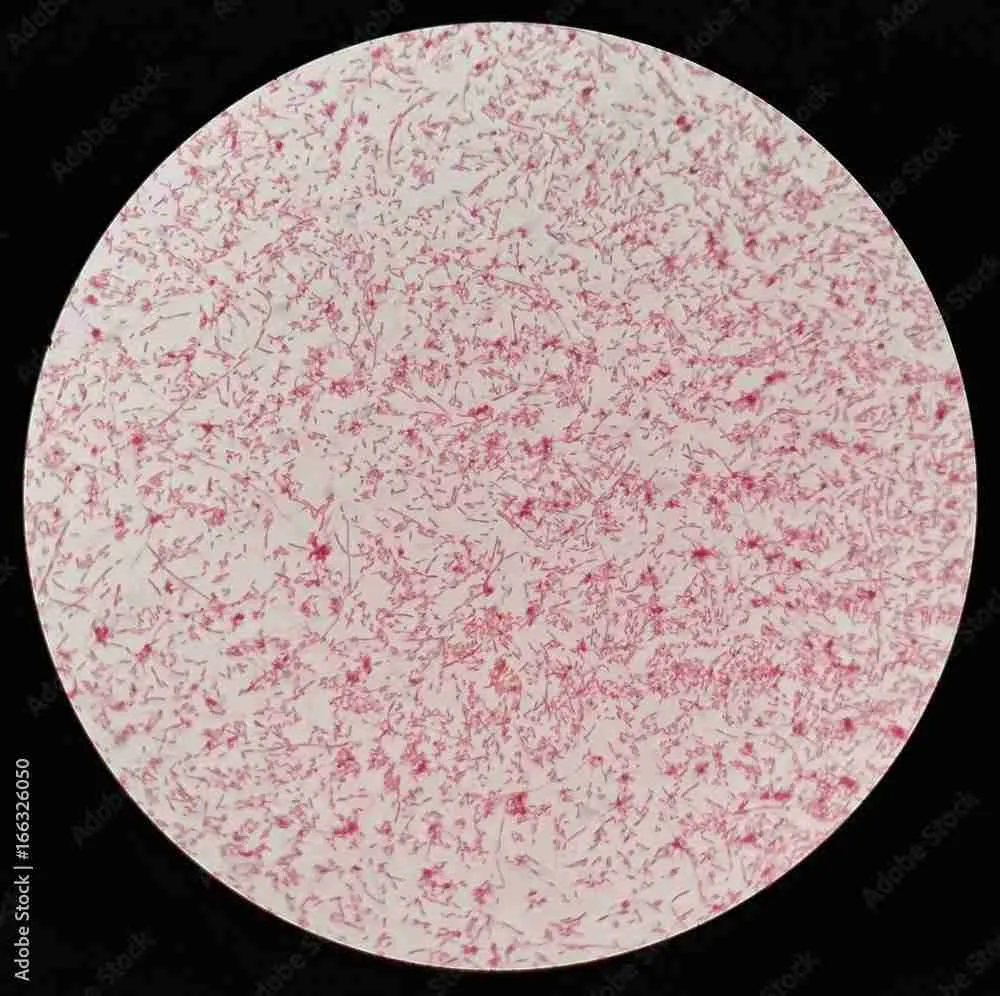
Gram-negative bacteria are bacteria that lack the crystal violet stain that is used in the Gram staining method of bacterial differentiation.
Overview of Gram-Positive and Gram-Negative Bacteria
Gram-positive bacteria keep their crystal violet color and stain purple, while gram-negative bacteria lose their crystal violet color and stain pink. Gram staining distinguishes the two types of bacteria.
Because their cell wall is impenetrable, Gram-negative bacteria are more resistant to antibodies.
Gram-positive and gram-negative bacteria are distinguished by their ability to withstand the gram stain. Gram-negative bacteria are stained by a counterstain, such as safranin, and de-stained by an alcohol wash. As a result, they appear pink under a microscope. Gram-positive bacteria, on the other hand, retain the gram stain and show a visible violet color when mordant (iodine) and ethanol (alcohol) are applied.
Gram-positive bacteria have a cell wall that is mostly made up of peptidoglycan layers that form a rigid and thick structure. Teichoic acids and phosphate are also found in its cell wall. There are two types of teichoic acids found in gram-positive bacteria: lipoteichoic acid and teichoic wall acid.
The cell wall of gram-negative bacteria is composed of an outer membrane and several layers of peptidoglycan. Lipoproteins, phospholipids, and LPS make up the outer membrane. The peptidoglycan remains attached to lipoproteins of the outer membrane in the fluid-like periplasm between the plasma membrane and the outer membrane. The periplasm contains proteins and degrading enzymes that aid in the transport of molecules.
Unlike gram-positive bacteria, gram-negative bacteria lack teichoic acid in their cell walls. The outer membrane is permeable to nutrition, water, food, iron, and other substances due to the presence of porins.
The difference between Gram-Positive and Gram-Negative Bacteria
- Gram-positive bacteria’s cell wall is made up of thick layers of peptidoglycan.
- Gram-negative bacteria’s cell wall is made up of thin layers of peptidoglycan.
- Gram-positive cells retain the purple stain during the gram staining procedure.
- Gram-negative cells do not retain the purple stain during the gram staining procedure.
- Exotoxins are produced by Gram-positive bacteria.
- Endotoxins are produced by Gram-negative bacteria.
- Even after being washed with acetone or alcohol, gram-positive bacteria retain their crystal violet color and appear purple when examined under a microscope after gram staining.
- Even after being washed with acetone or alcohol, gram-negative bacteria do not retain the stain color and appear pink when examined under a microscope after gram staining.
What are some examples of gram-positive bacteria?
Gram-positive bacteria include Staphylococcus, Streptococcus, and Enterococcus. The most common cause of clinical infections are caused by these bacteria.
Which is more dangerous, gram-positive or gram-negative bacteria?
Gram-negative bacteria are more dangerous and can cause disease. Their outer membranes are concealed by a slime layer, which also conceals the antigens present in the cell.
Is killing gram-positive bacteria easier?
Antibiotics and cleaning products are absorbed by the cell wall of gram-positive bacteria. They are easier to kill due to the outer peptidoglycan layer. Gram-negative bacteria are extremely difficult to kill.
What Infections are caused by Gram-positive bacteria?
Urinary Tract Infections are typically caused by Gram-positive bacteria. These are more common in people who are predisposed to urinary tract infections, elderly, or pregnant.
What Infections are caused by Gram-negative bacteria?
Gram-negative bacteria cause a wide range of infections in humans, including indigestion, food poisoning, pneumonia, meningitis, and other bacterial infections in blood cells, the bloodstream, wound infections, and so on. Acinetobacter, Pseudomonas aeruginosa, and E.coli are responsible for the infections.
